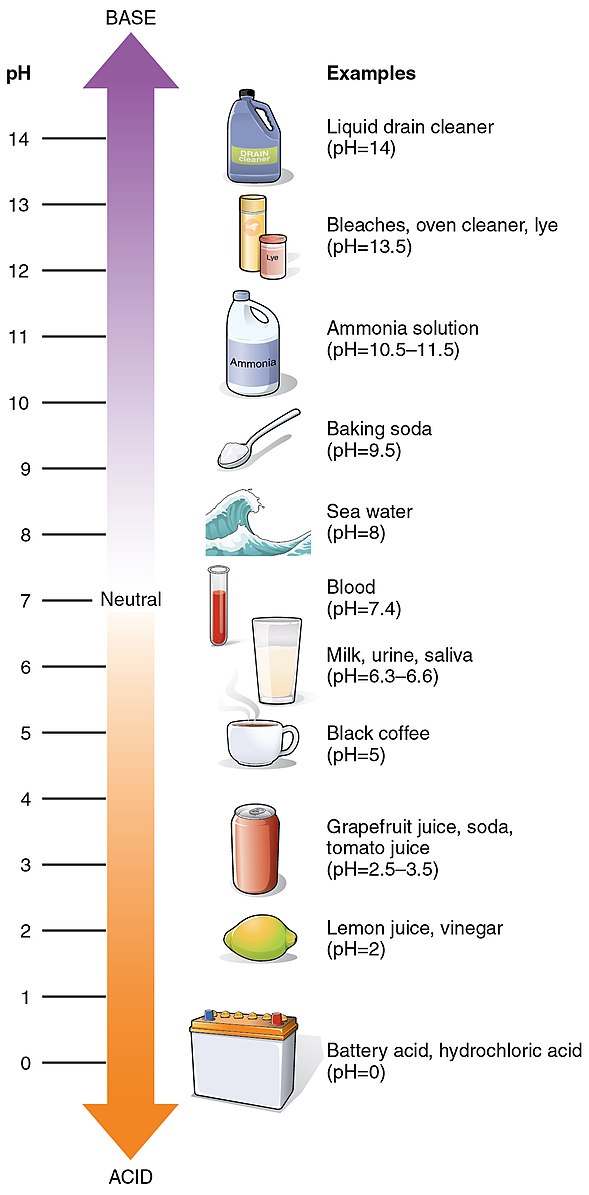Raising the pH of coffee can be an effective way to reduce its acidity and make it more palatable for those with sensitive stomachs or acid reflux. By adjusting the water hardness, adding alkaline substances, using low-acid coffee beans, or trying different brewing methods, you can effectively raise the pH of your coffee and enjoy a smoother, less acidic cup.
Adjusting Water Hardness
One of the easiest ways to raise the pH of coffee is by adjusting the hardness of the water used for brewing. Hard water, which contains higher levels of minerals like calcium and magnesium, can act as an “acid buffer” and help neutralize the acidity in coffee. Soft water, on the other hand, has a lower mineral content and can allow the acidity to shine through more prominently.
To adjust the water hardness, you can:
- Use filtered or bottled water with a higher mineral content.
- Add a pinch of baking soda or a small amount of calcium carbonate to your water before brewing.
- Invest in a water filter or softener system that can adjust the mineral content of your water.
Adding Baking Soda
 Image source: OpenStax College
Image source: OpenStax College
Baking soda, or sodium bicarbonate, is a common household alkali that can be used to raise the pH of coffee. By adding a small amount of baking soda to your coffee, you can help neutralize the acidity and make it more palatable.
However, it’s important to use baking soda in moderation, as consuming too much can lead to digestive discomfort or even poisoning in some cases. It’s recommended to start with a small pinch of baking soda and gradually increase the amount until you find the right balance for your taste preferences.
Using Low-Acid Coffee Beans
Another way to raise the pH of coffee is by using low-acid coffee beans. Some coffee brands offer varieties that are specifically designed to be less acidic, making them a great option for those with sensitive stomachs or acid reflux.
When selecting low-acid coffee beans, look for terms like “low-acid,” “gentle,” or “smooth” on the packaging. You can also research specific coffee origins and processing methods that tend to produce less acidic beans, such as:
- Beans from higher altitudes
- Beans that have been processed using the washed or semi-washed method
- Beans that have been roasted to a medium or dark level
Trying Cold Brew Coffee
Cold brew coffee is a brewing method that produces a less acidic cup of coffee compared to traditional hot water brewing. The longer steeping time and lower temperature of cold brew extraction can help reduce the extraction of acidic compounds, resulting in a smoother, less bitter, and less acidic coffee.
To make cold brew coffee, simply steep coarsely ground coffee in cold or room-temperature water for an extended period, typically 12-24 hours. The resulting concentrate can then be diluted with water or milk to your desired strength and acidity level.
Adding Milk or Cream
The fat content in milk and cream can help neutralize the acidity of coffee and make it easier on the stomach. By adding a splash of milk or cream to your coffee, you can effectively raise the pH and reduce the perceived acidity.
Keep in mind that the amount of milk or cream you add will depend on your personal preferences and the level of acidity in your coffee. Start with a small amount and adjust as needed to find the right balance.
Drinking Water After Coffee
Drinking water after consuming coffee can also help raise the pH and reduce the acidity in your stomach. The water can help neutralize the acid and flush it out of your system, providing relief for those with sensitive stomachs or acid reflux.
It’s recommended to drink a glass of water shortly after finishing your coffee, or even to sip water throughout the day to help maintain a balanced pH level.
By implementing these strategies, you can effectively raise the pH of your coffee and enjoy a smoother, less acidic cup. Remember to experiment and find the right combination of methods that works best for your personal preferences and digestive needs.
Reference:
– How to Reduce Acidity in Coffee
– How to Make Coffee Less Acidic
– The Best Ways to Reduce Acidity in Coffee
